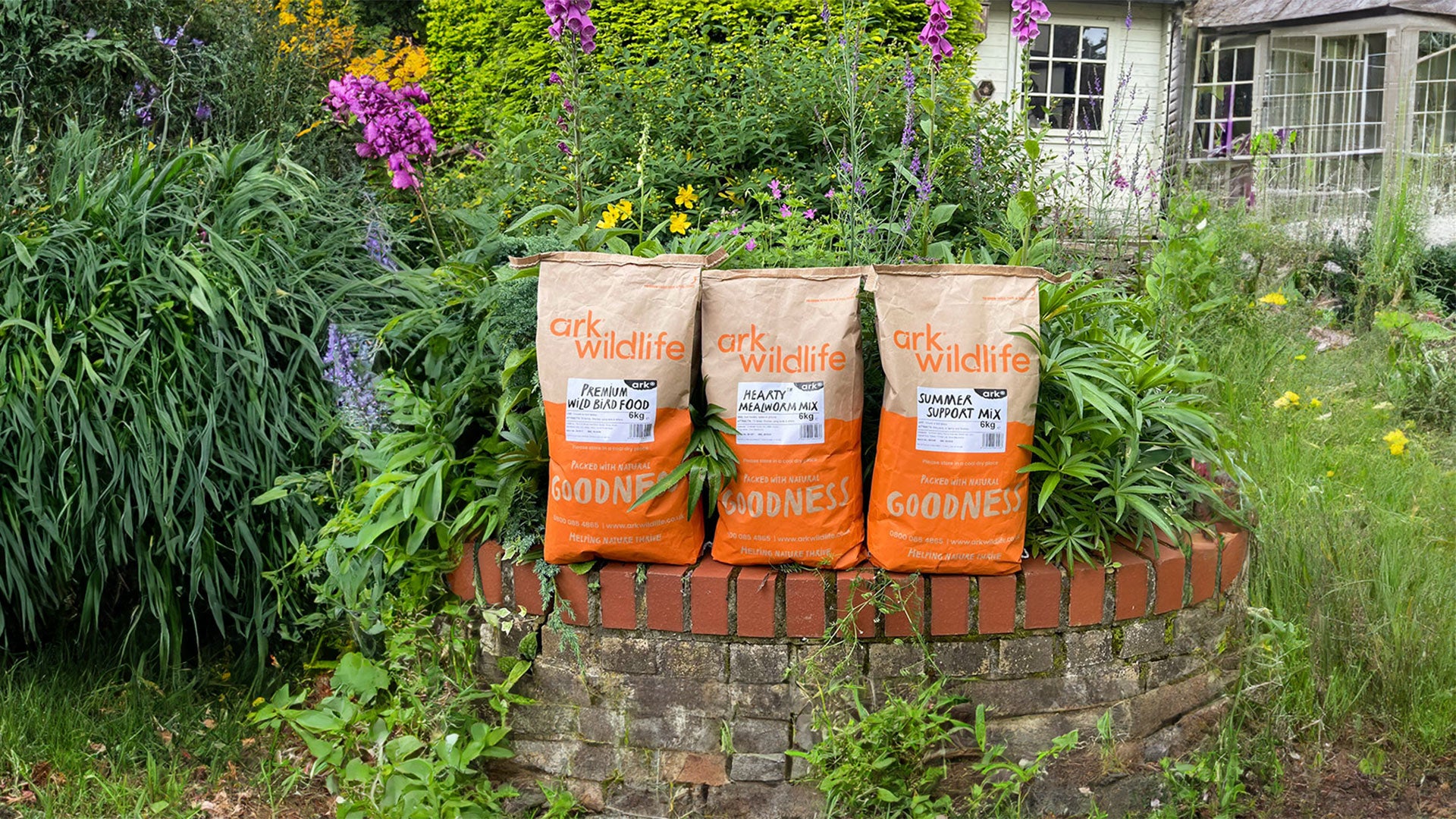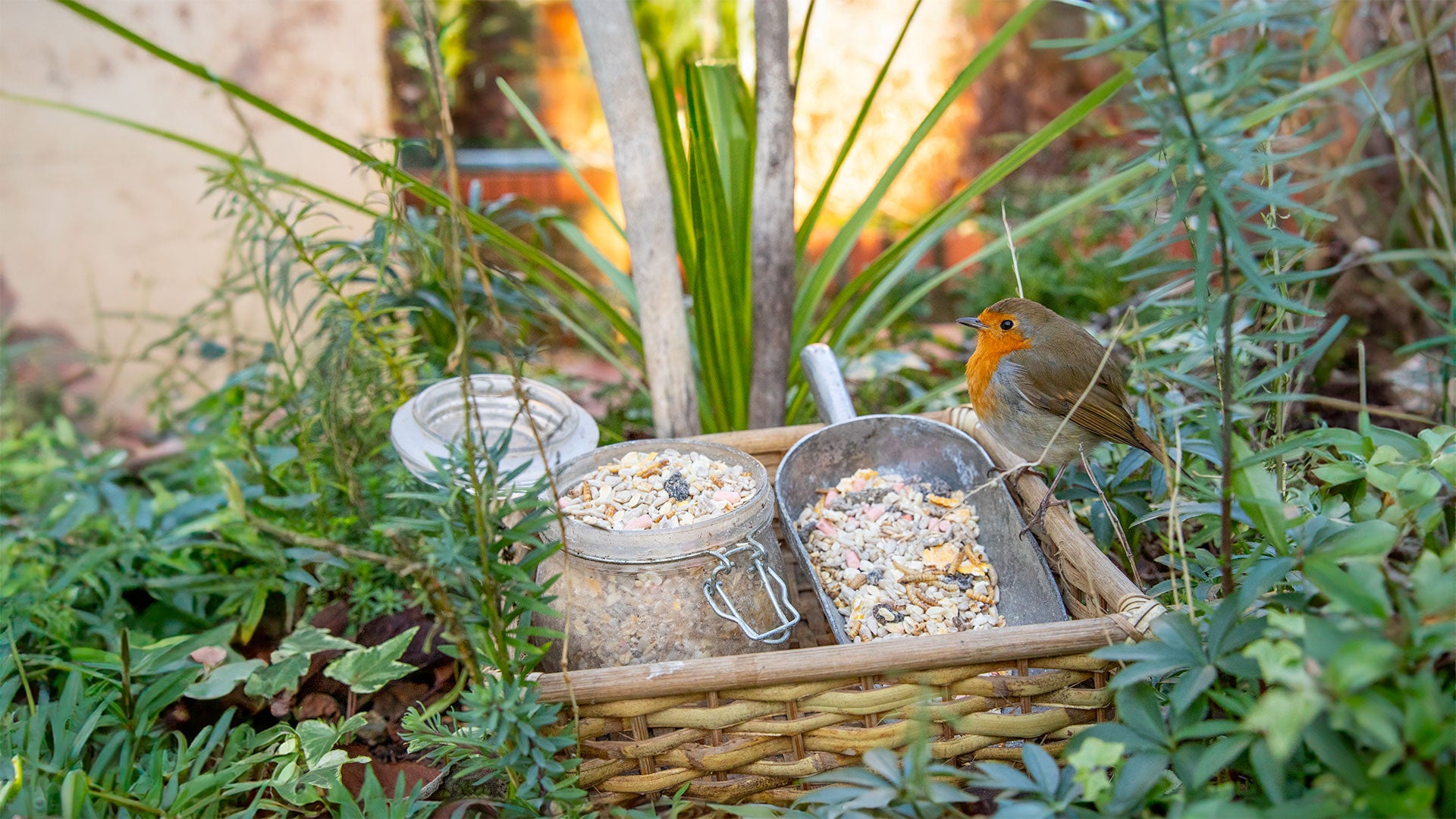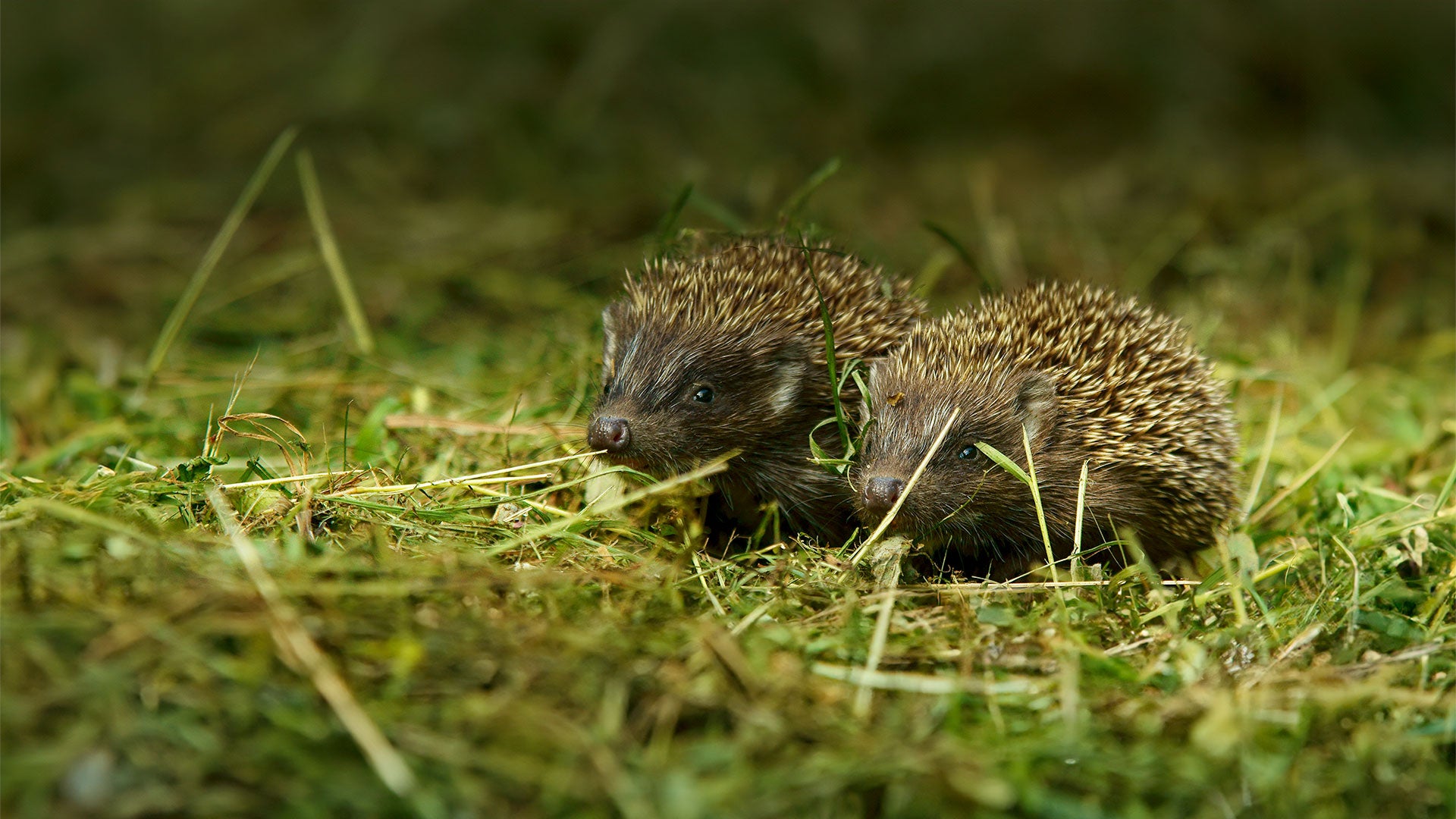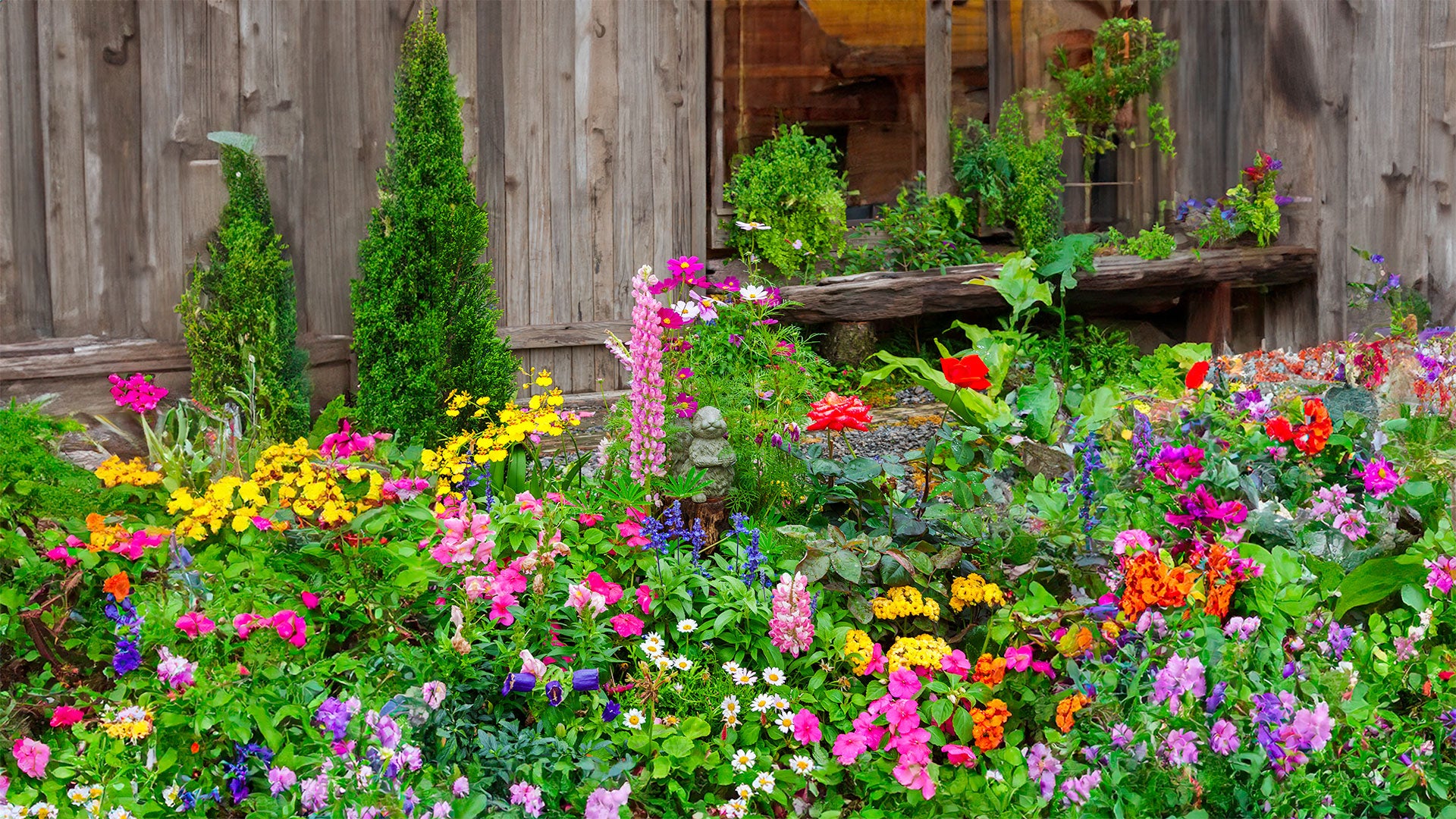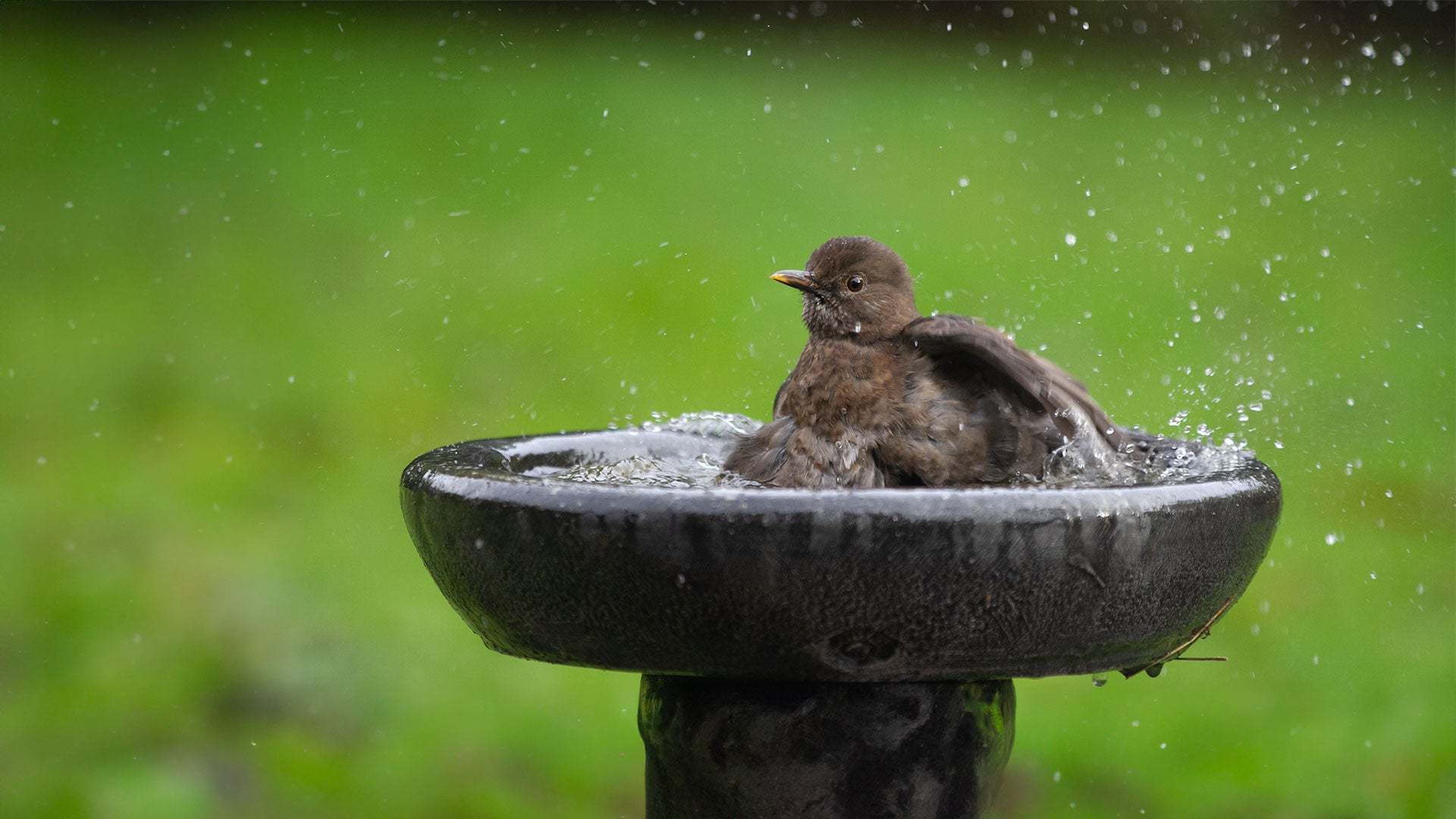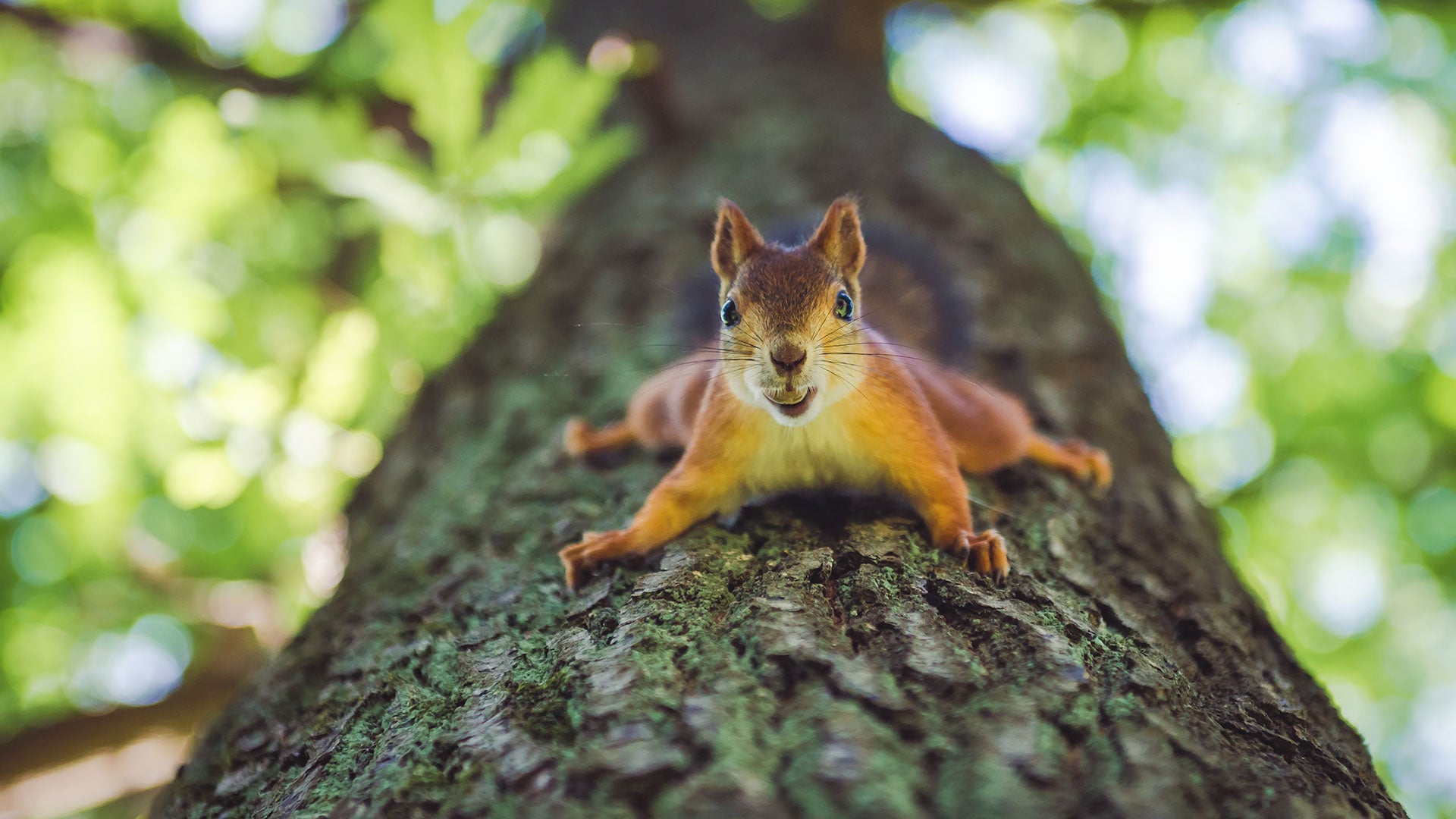Butterflies are delightful insects and welcome in every summer garden. There’s nothing lovelier than spotting a butterfly – those spectacularly colourful, intriguing creatures that display every colour in the rainbow. Our fluttery friends bring colour and movement to outdoor spaces and play a key role in pollination, so we should do all we can to help attract more to our gardens.
What can you do to attract more butterflies?
- Provide nectar. Butterflies are attracted to sweet, nectar-rich flowers, so grow as many flowering plants as you can, and pick species that have a long flowering season. Butterflies also like overripe fruit so you can include plants that bear fruit later in the year.
- Choose a sunny spot. Butterflies are sun worshipers, being cold-blooded they seek out warm, sheltered areas. Grow flowering plants in a sunny area protected from the wind. Creating a sun trap is the surest way to attract butterflies. You can use tall plants, walls, or fencing to protect them from the wind.
- Avoid pesticides. Insecticides and pesticides are indiscriminate and can kill butterflies as well as other pollinators. Accidental poisoning can occur due to airborne drift, water runoff or nectar contamination. It's best to avoid using them wherever possible.
- Provide food for caterpillars. Butterflies will breed in your garden if you provide host food plants for their caterpillars. Many butterfly species have a specific host plant, or family of plants, and we discuss these below.
- Offer shelter. Some butterflies and caterpillars overwinter and additionally need a safe place to roost on colder days. Provide shelter by evergreen plants such as ivy, leave a window open in sheds, or provide a custom-built butterfly house.
- Make a butterfly feeder. You can put out a brightly coloured butterfly feeder, add sugar, or mash overripe fruit mixed with water attract butterflies.
Here are our top ten host plants that are important for butterfly caterpillars in the UK:
Plants that attract butterflies
- Nettle (Urtica dioica). A vital food source used by the caterpillars of butterflies including small tortoiseshell, peacock and red admiral.
- Birdsfoot Trefoil (Lotus corniculatus). An important plant for the caterpillars of the common blue and dingy skipper butterflies. Its profuse flowers are also a useful food source for many adult butterfly species.
- Garlic Mustard (Alliaria petiolata): A common roadside and hedgerow host plant for the white butterfly family caterpillars, including the attractive green-veined white butterfly.
- Cuckooflower (Cardamine pratensis): Particularly important for the Orange-tip butterfly, which also belongs to the white butterfly family.
- Ivy (Hedra helix) Is an important food plant for holly blue butterflies in autumn. Ivy is also a wonderful late source of nectar, flowering as it does in late autumn. The dense evergreen leaves, additionally provide shelter and winter hibernation quarters.
Trees that attract butterflies
- Oak (Quercus). Supports a wide range of moth caterpillars as well as the purple hairstreak butterfly.
- Hawthorn (Crataegus monogyna): Essential for many species of moth and butterfly, including caterpillars of the brimstone butterfly.
- Willow (Salix). Host to caterpillars of the comma butterfly and also numerous moth species.
- Blackthorn (Prunus spinosa). Important for the brown hairstreak butterfly as well as many moth caterpillars.
- Holly (Ilex) Used by holly blue butterflies in spring and summer. They eat the flower buds, berries and leaves.
These plants provide crucial food sources for butterfly caterpillars, they also hold overwintering larvae and cocoons, as well as providing nectar rich flowers for flying adults. All these plants contribute to the abundance of butterflies as well as contributing to the wider biodiversity and health of ecosystems in the UK.
Here are our top ten flowering plants to attract butterflies to your garden:
Flowers that attract more butterflies
- Lavender. Likes it hot, just like butterflies. Plant it in a sunny spot out of the wind and watch the butterflies come in droves. Flowers in mid-summer.
- Buddleia. Also known as the butterfly bush due to its attractiveness to butterflies. A long flowering small shrub that can grow large if not maintained.
- Honeysuckle. A climber that likes roots in the shade and leaves in full sun. Different species flower from early spring to late autumn making them valuable for many species of butterfly.
- Clover. Red and white clover are important native species that can grow in lawns but are better in clumps in borders. The flowers provide a multitude of species nectar rich sustenance and attract lots of different butterflies.
- Birdsfoot trefoil. Low growing and freely self-seeding, birdsfoot trefoil is a vital plant for many butterfly species. The plant is host to many caterpillars and its vivid yellow flowers last throughout the summer season offering food to many more adult butterflies.
- Red valerian. Grows well in poor dry soils and flowers from early spring until well into summer.
- Wild Marjoram. Low growing and compact. It’s a vigorous plant flowering freely throughout summer and attractive to many nectar loving insects.
- Common knapweed. A native wildflower of meadow and hedgerow, with bright nectar rich violet flowers. Once established will freely self-seed.
- Sedum. A traditional British border plant that flowers late in the summer and offers a lot of nectar attracting bees as well as butterflies.
- Verbena bonariensis. A delicate tall plant growing to over 2m in height with purple flowers that last well into the autumn. The flowers are very nectar rich and attract many butterfly species.
All the above plants provide essential nourishment and shelter for the caterpillars of butterflies, supporting their growth and development into adult butterflies. They also offer nectar rich flowers that support the adults during the breeding season, thereby perpetuating the species.
How to attract butterflies to land on you?
There are several things you can do to attract butterflies to land on you. Firstly, keep still. Then wear brightly coloured clothing as this attracts them to you. They also like the smell of sweet things and are also drawn by the salt in sweat. Sweet perfume, a good workout beforehand and even dabbing on some sweet fluid on your hand or arm will attract butterflies to you.
Have a little patience, keep still and you might be lucky!
How to attract butterflies with sugar water and bananas?
Butterflies feed on nectar and the juices from overripe fruit. You can replicate these as simply as mixing sugar and water or chopping up a banana. However, its worth experimenting as more pungent odours can perform better as attractants.
Try using different fruit for example. The riper the better. Try apples, bananas, plums, pears, and blackberries. Even try citrus skins such as orange or lemon peel.
When mixing a sugar syrup mix of sugar and water, why not try adding a drop or two of strong fruity spirits such as dark rum!
A flutter of fun this summer
Encourage ‘mud-puddling’
Just like all creatures, butterflies need water to survive. While they get most of their moisture from nectar, butterflies also seek out wet muddy patches of ground. This is because to lay fertile eggs, the females need the essential nutrients and minerals the soil water mix offers that they can’t get from plants.
Creating a ‘mud-puddling’ spot for butterflies is easy. Simply mix some soil with water in a shallow dish, place it in a spot that gets a good mix of direct sunlight and shade, and keep it topped up with water. If you’re brave enough, adding a little cow or horse dung to your concoction and mixing it in, will make your mud-puddle irresistible to your local butterfly population!

